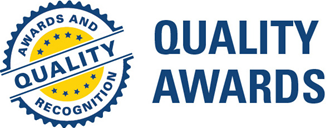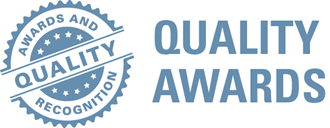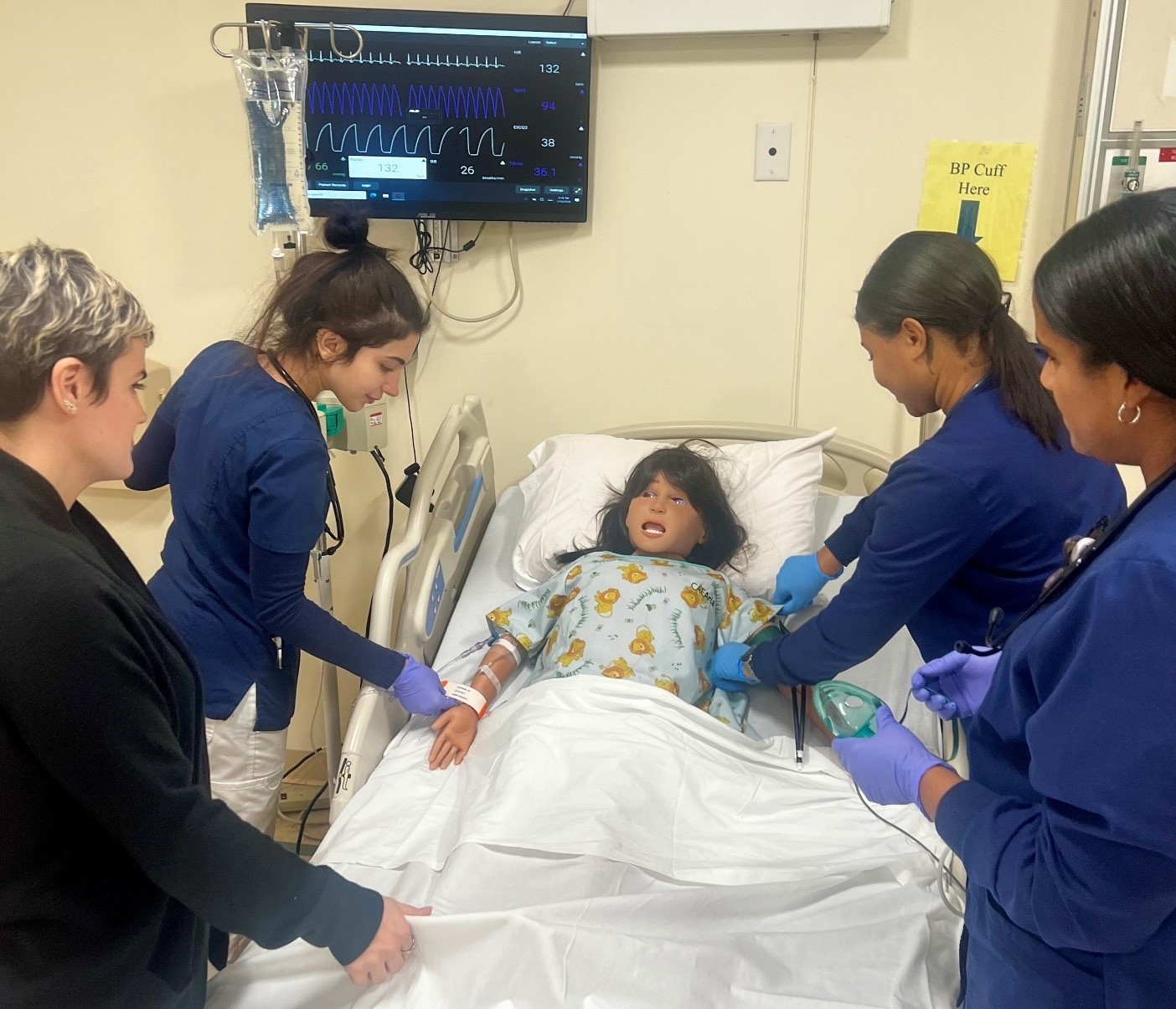

 Quality Awards
Quality Awards

St. Luke’s School of Nursing students in the Simulation Center for training that helps to bridge the gap between classroom learning and real-life clinical experience.
St. Luke’s University Health Network recently received a $1.4 million grant to increase the number and capacity of nursing students to address the health care needs and improve patient outcomes of rural and medically underserved populations in Carbon and Schuylkill counties.
The grant, which provides funding over 3 years, is from the Health Resources & Services Administration (HRSA) for the Nurse Education, Practice, Quality and Retention (NEPQR) Simulation Education Training (SET) Program.
The funding will create experiential learning opportunities that prepare nursing students to address health equity for rural and medically underserved populations, along with increasing the diversity of the nursing workforce.
“We are both honored and excited to be awarded this grant, which enables us to implement this critical program,” says Lisa Storck, senior associate dean, St. Luke’s School of Nursing. “We are committed to advancing the health of patients, families and communities in medically challenged areas and providing access to the care that they deserve,” she added.
The priority clinical areas will focus on behavioral/mental health, maternal and child health, and aging populations. While families in these underserved areas often experience diseases and conditions such as stroke, heart disease, HIV/AIDS, and obesity, as do the general population, the families in these areas face increasing numbers of challenges due to their geographical location and circumstances.
St. Luke’s Miners Campus, the initial partnering clinical site, is considered rural by HRSA’s Rural Health Grants eligibility requirements. In recent years, more than 20% of nursing graduates reported practicing in federally designated rural areas.
“This program will enhance nurse education through the use of simulation and strengthen the nursing workforce by increasing training opportunities for our nursing students,” says Emily Garey, St. Luke’s HRSA project director and simulation center education manager.
The St. Luke’s Simulation Center uses state-of-the-art technology and simulated “real-world” environments to help health care professionals master cognitive, technical and behavioral skill sets. Simulation education bridges the gap between classroom learning and real-life clinical experience.
“The Network Simulation Center is committed to supporting the School of Nursing by providing realistic and safe training environments. This grant gives the nursing school an increased opportunity to significantly improve students' patient care skills, clinical decision-making abilities, and most importantly enhance patient safety and improve patient outcomes,” says Megan Augustine, St. Luke’s HRSA evaluator and director of network simulation.
As part of the grant, nursing students will commit to 900 hours of hands-on clinical experiences and participate in a total of 8 clinical simulations and/or skills activities prior to graduation. In addition, recruiting will be expanded to include both students and faculty from diverse populations to efficiently address health equity.
“By the end of the 3-year program, several of our goals include increasing the overall admission of ethnically diverse nursing students to 46%, the admission of first-generation nursing students to 90%, and the admission of nursing students from rural areas to 53%,” explains Storck. The nursing school hopes to engage with up to 3 new academic or clinical partners over the life of the grant.”
This program is supported by the Health Resources and Services Administration (HRSA) of the U.S. Department of Health and Human Services (HHS) as part of an award totaling $1.4 million, with 0% financed with non-governmental sources. The contents are those of St. Luke's and do not necessarily represent the official views of, nor an endorsement, by HRSA, HHS, or the U.S. Government. For more information, please visit HRSA.gov.